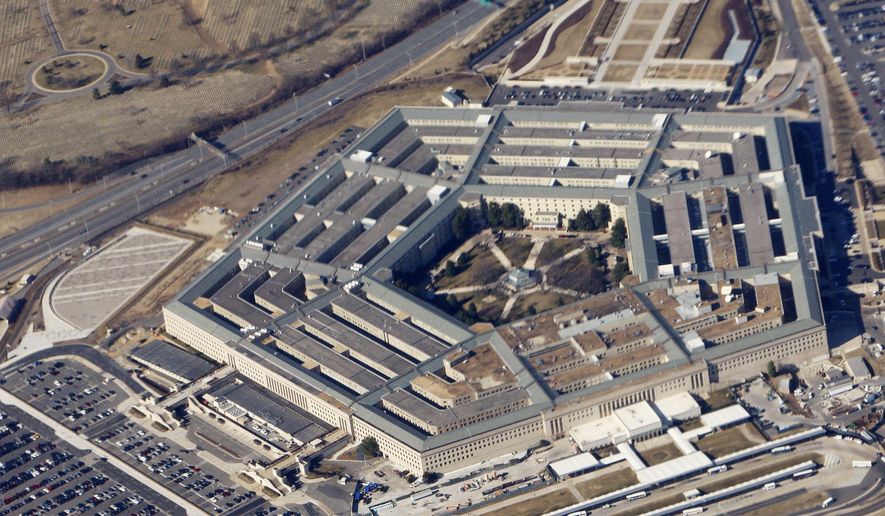U.S. Army bases face the real risk of “deliberate and direct attacks” from enemies and must implement new strategies to strengthen their defenses, the Army warned Monday in a major new report that painted an alarming picture of the threats that confront military installations at home.
In its 16-page “Installations Strategy,” Army leaders said they are operating under the assumption that enemies will directly target bases in the continental U.S.
While the idea that foreign militaries would launch conventional assaults on Army bases on American soil may sound inconceivable in today’s environment, the Pentagon warned that cyberattacks, the fomenting of protests and even the sponsoring of criminal activity by U.S. adversaries are all significant threats in the 21st-century landscape
“The Army anticipates that adversaries will use sophisticated intelligence, surveillance, and reconnaissance (ISR) networks to target both military installations and soft targets associated with friendly forces, including private sector organizations, civilian infrastructure, institutional Army and joint targets, communication networks, and service members’ families,” the Army strategy reads in part.
“Increasing access to cyberspace, space capabilities, and to weapons of mass effects dramatically increases both the uncertainty and the risk from adversary operations in the homeland,” the report continues. “In addition to deliberate and directed attacks from adversaries, Army installations exist within a natural environment increasingly characterized by the effects of climate change, extreme weather events, pandemics, and environmental degradation. Such conditions will require adaption of existing infrastructure.”
The Army strategy includes the basic assumption that “adversaries will subject continental U.S. homeland, overseas installations, and surrounding communities to anti-access (A2) efforts by conventional and unconventional means, including but not limited to, cyber attacks, fomenting protests, and criminal activity.”
To combat potential attacks, the Army proposed a four-pronged strategy that relies on both its personnel and on cutting-edge technology. The report lays out four “lines of effort” that the Army says will be critical to its defense: taking care of its people; strengthening readiness and resilience; modernizing and innovating at installations across the Army; and promoting stewardship.
One of the keys, Army officials said, will be upgrading technology at bases around the world.
“Deployment of 5G and “next-Gen” communications networks must be able to handle massive amounts of data with near real-time production,” the study says. “A resilient and secure communications and network infrastructure is essential to the defense of the homeland against adversarial threats and natural adverse events. The backbone should enable key military applications such as augmented and virtual reality training, autonomous vehicles, Command and Control (C2), and remote diagnostics.”
The full Army Installations Strategy can be read here.
• Ben Wolfgang can be reached at bwolfgang@washingtontimes.com.




Please read our comment policy before commenting.